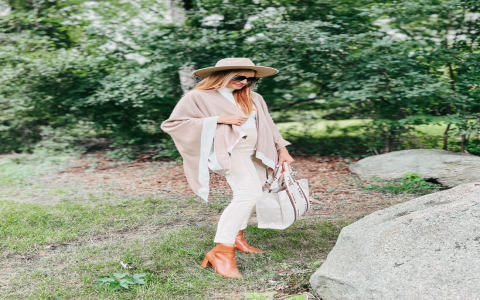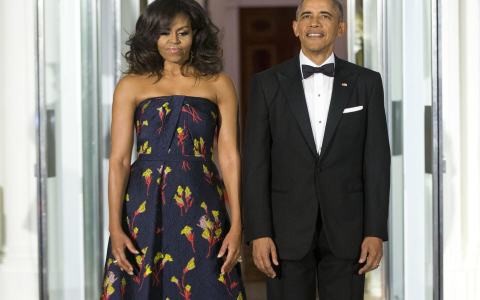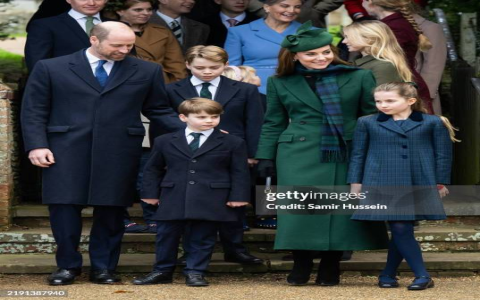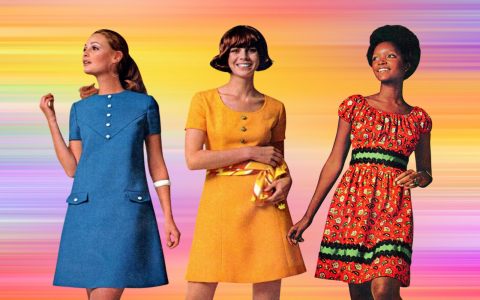Alright, so fall hit, and you know how the weather gets – chilly mornings, maybe warm afternoons, then cold again by evening. Layering isn’t just some fashion thing; it’s practical. I needed to figure out how to actually do it without looking like a walking laundry pile.

Starting Point: The Closet Dive
First thing I did was pull out pretty much everything that could potentially be a layer. I laid stuff out on my bed. Looked at my basic tees, long-sleeved tops, sweaters, cardigans, vests, jackets… the whole lot. It was a bit overwhelming at first, just a sea of fabric.
Building the Base
I figured the key was starting simple. So, I focused on base layers. What goes closest to the skin? Needs to be comfy. I grabbed a few plain long-sleeved cotton tops – white, black, grey – the usual suspects. Also found a couple of thinner turtlenecks that I hadn’t worn in ages. These seemed like a good foundation because they aren’t bulky.
Adding the Middle Ground
Next up, the mid-layer. This is where it gets interesting, adding warmth and maybe some style. I started pairing things.
- Tried a simple crew neck sweater over a long-sleeved tee. Looked okay, felt comfortable.
- Grabbed my favorite button-up cardigan – the grey one I wear all the time. Threw it over a white tee. Easy enough.
- Experimented with a quilted vest over a slightly thicker long-sleeve thermal. This felt practical, kept my core warm but arms free.
- Pulled out a denim shirt. Thought maybe I could wear it open like a jacket over a tee? Yeah, that worked too.
Honestly, this part involved a lot of putting things on and taking them off. Some combos just felt weird or bulky. Like, a really thick knit sweater under anything other than a roomy coat? Forget it.
The Outer Shell
Okay, base and middle figured out, sort of. Now, what goes on top if it’s actually cold or windy? I looked at my jackets.
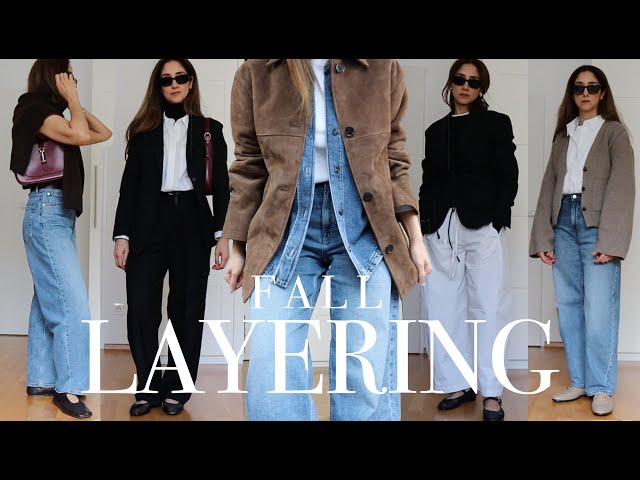
- My trusty denim jacket. Good over a tee and cardigan combo, but maybe not warm enough for later fall.
- A classic trench coat. This worked well over most combinations, looked a bit more put-together.
- A light puffer vest. Could go over a sweater, adds warmth without full sleeves.
- A slightly heavier utility jacket. Perfect for those properly crisp days.
I realized the outer layer really depends on just how cold it is outside.
Don’t Forget the Extras
Then I remembered accessories are layers too! Scarves are brilliant. A simple scarf can add a surprising amount of warmth and change the look. Pulled out a few different ones – wool, cotton, different colors. Hats too, like a simple beanie for really cold days.
Putting It All Together: Real Attempts
So, I started actually wearing these layered outfits. One day, I went with:
- Base: Plain white long-sleeve tee.
- Mid: Open denim shirt.
- Outer: Olive green utility jacket.
- Extra: Simple grey scarf if needed.
It worked pretty well. Could take the jacket off inside, even the denim shirt if it got warm. Another day, I tried:
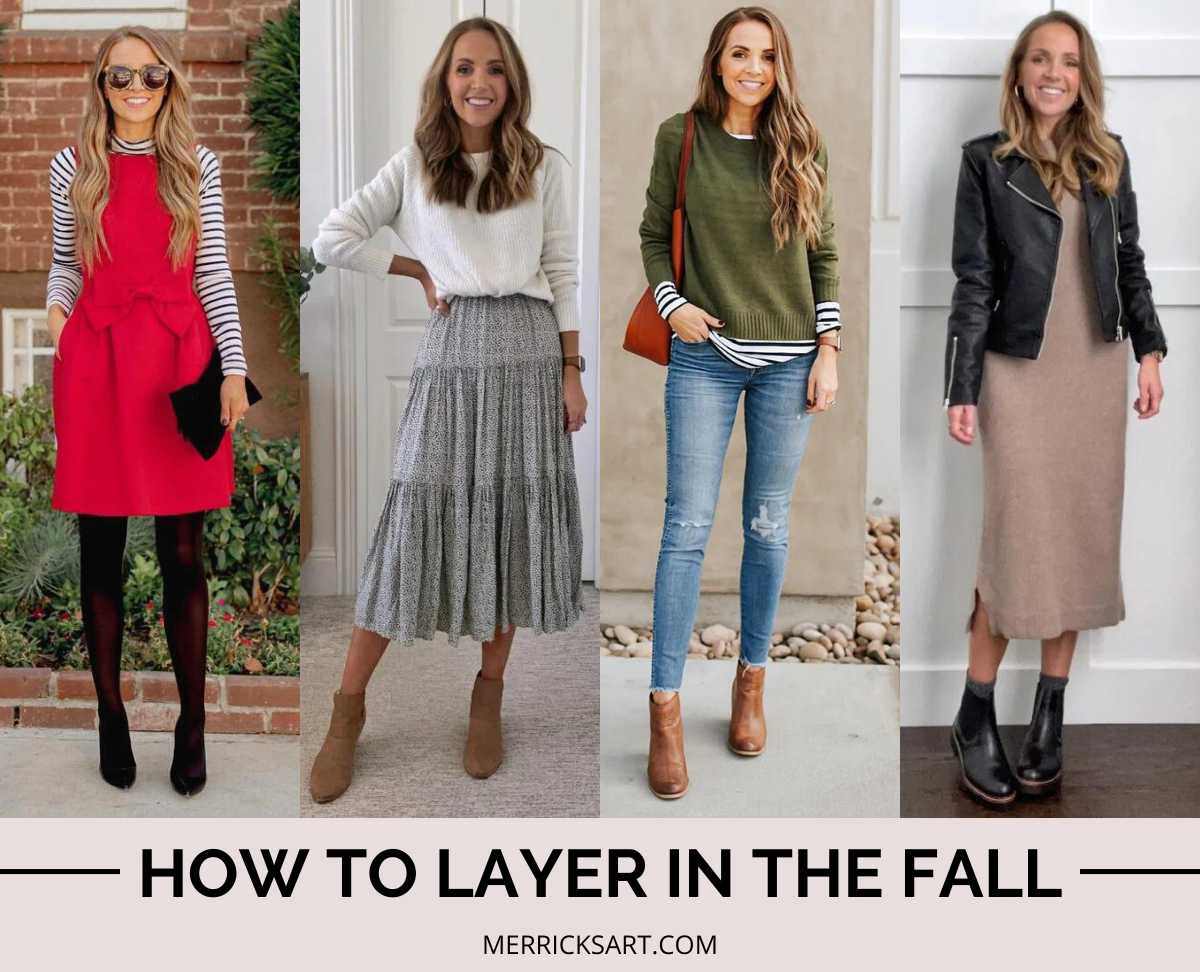
- Base: Thin black turtleneck.
- Mid: Grey V-neck sweater.
- Outer: Trench coat.
Felt a bit smarter, and again, easy to adjust. Took the trench off indoors, still looked fine with the sweater and turtleneck.
Final Thoughts
It’s really just trial and error. You see what feels comfortable, what looks halfway decent, and what actually keeps you warm (or cool) enough as the temperature changes. The main thing is having options you can easily add or remove. It’s not rocket science, just putting clothes on top of other clothes strategically. Worked for me this fall, kept me comfy without much fuss.
